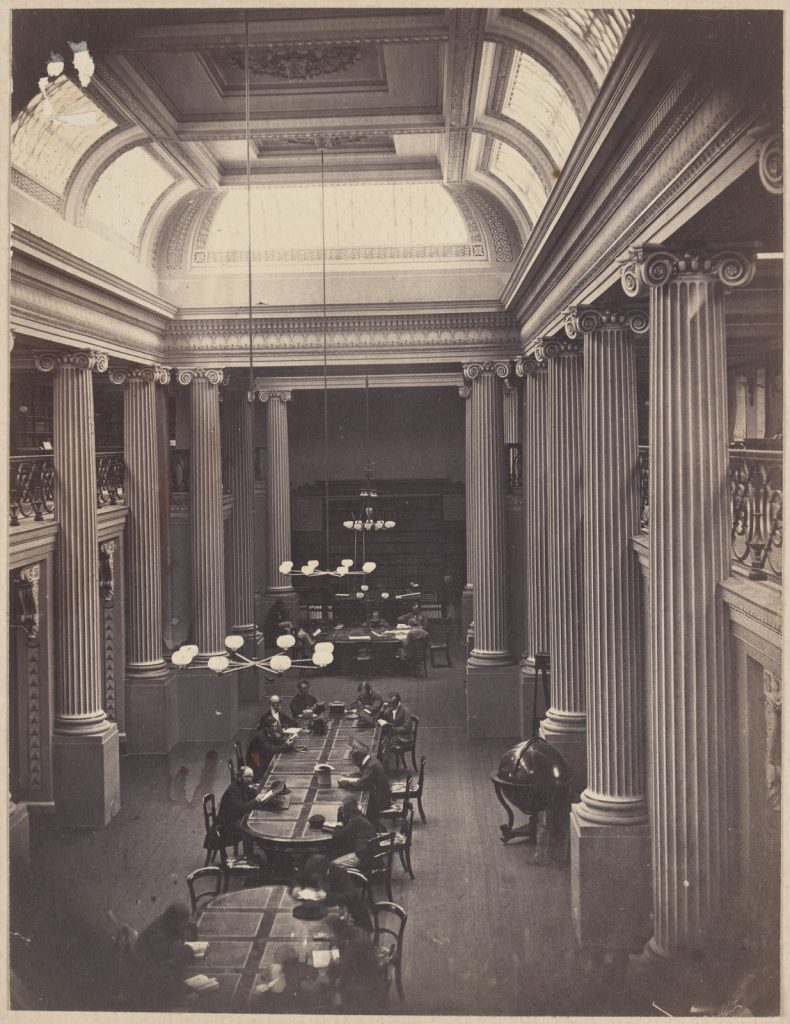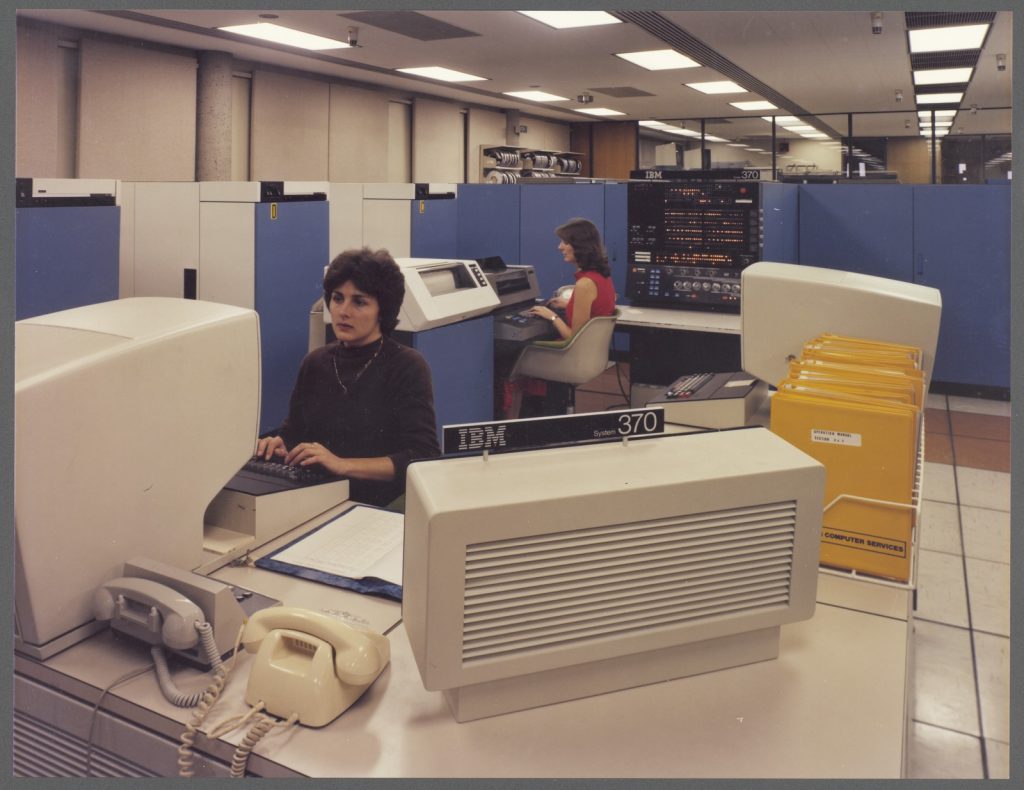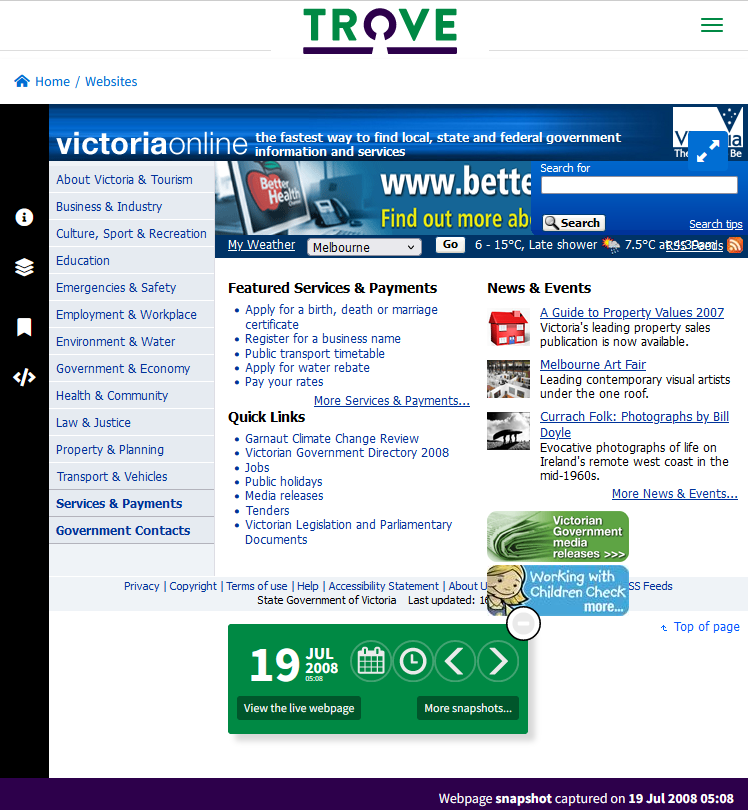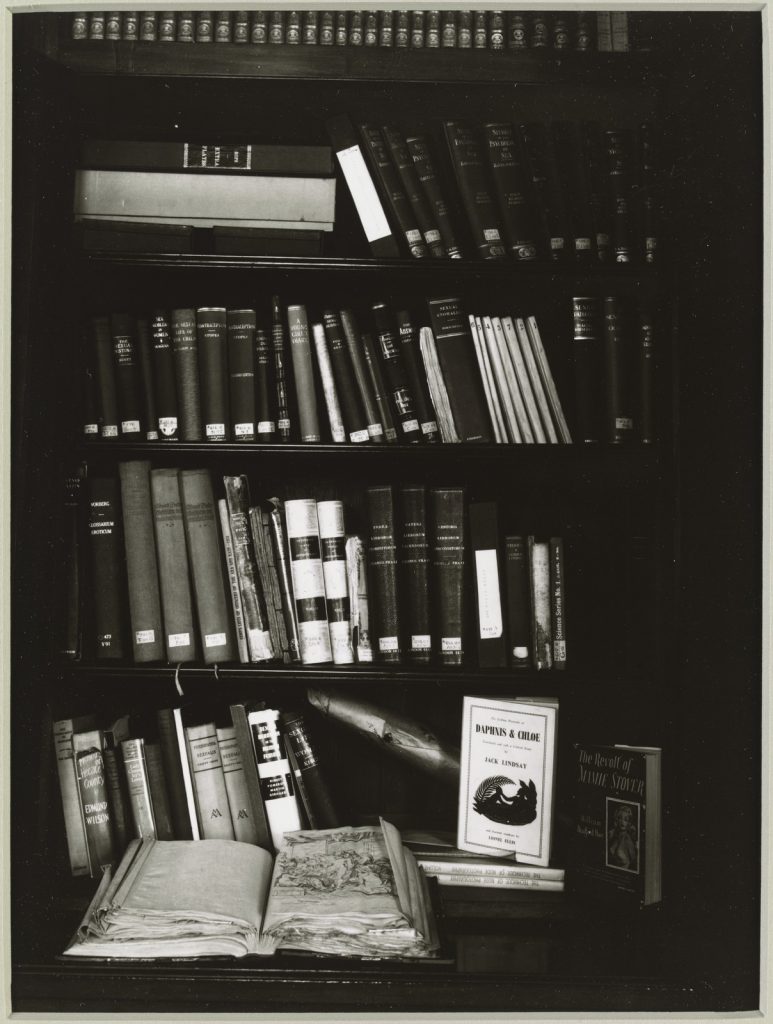Written by Jane Miller and Rory Cooke
A relatively new day on the UN’s International Days Calendar, the International Day for Universal Access to Information (IDUAI) has been observed annually on 28 September since 2015. This year’s theme is ‘Artificial Intelligence, e-Governance and Access to Information’.
A belief in the importance of access to information guided the Library’s founder, Sir Redmond Barry. After attending the London Conference of Librarians in 1877 (where diverging views were espoused), Barry wrote:
Persons of both sexes and all nations above fourteen years of age are admitted free without letter of recommendation, guarantee, payment, signature of name or address, or ticket of admission. The enjoyment of the use of the Library is free. Each reader may enter at 10 am and remain till 10 pm, may take from any shelf any book, except Patents, 3800 volumes, those on medicine and surgery, and large books with plates, without being asked a question or having asked a question, except to enquire for an author. 1

Promoting the vision of information as a public good and the right to information as a fundamental right, 2 the main objective of the day is to support peaceful and inclusive societies by helping to increase public access to information. This access, and in particular the building of effective, accountable and inclusive institutions, is a measure included in the UN Sustainable Development Goals.


Right: Melbourne Computer room, [1970]. Photo by Dennis Mayor; H95.56/245
These items are in copyright.
The role of libraries in this space can include both personal and technological assistance. Digital services are proving to be a further call to libraries to support their communities as increasingly government services are only provided and accessed online. For many this is a barrier, both in terms of cost (having the device and the data to connect), and in terms of the need for digital literacy to successfully navigate online processes. This was highlighted during the various phases of pandemic response as libraries responded to calls for assistance in setting up myGov and Service Victoria requirements.
Access to information is but part of the puzzle – digital literacy is the essential counterpoint to access if communities are going to be able to make use of these resources.
Library staff provide information and support digital literacy, both in the context of our own collections and in access to the wider world. The Ask a librarian service, the research guides developed by staff and the resources highlighted on our Search and discover page open up a world of information and knowledge. Our own digitised resources are proving invaluable to a wide range of researchers; and the work done on our collections – both digital and non-digital – is making them more accessible, findable, and usable.


Right: Interior of the Lending Library, State Library of Victoria, 1910. Photo by Sears Studios; H4664
While we no longer lend to individuals, the State Library participates in the worldwide interlibrary loan network. This system can send library collections to the next suburb, interstate or overseas – and some costs are absorbed by the libraries involved in an exchange.
Some relatively recent amendments to the Australian Copyright Act will improve the library’s ability to assist patron’s to access material and information via interlibrary copy requests. Introduced in 2017 with the Copyright Amendment (Disability Access and Other Measures) Act 2017, a new fair dealing copyright exception provided for assisting someone with a disability. An Explanatory Memorandum that accompanies the Act encourages no limitations (eg 10% or one chapter) on the amount of a work copied and supplied when utilising this exception.
Some earlier amendments, known as section 200AB, have allowed more flexibility to libraries and similar institutions – such as archives, galleries, museums, and educational institutions – to use copyright material for socially beneficial purposes. This exception can be used for ‘maintaining or operating’ the collection, including to provide services usually provided in relation to the collection. For example, this could include digitising material or changing the format of material to preserve it and provide continued access.
Access to information produced by governments historically came under Crown copyright. While materials such as Hansard, legislation and parliamentary documents were generally publicly available provided you could get to a holding library, the digital revolution has put much of this material at our fingertips. Austlii (Australasian Legal Information Institute) collates legal information from Australian and New Zealand jurisdictions – their ‘broad public policy agenda is to improve access to justice through better access to information.’ Librarians have created research guides on government publications to help with locating material in this complex category.
In 2015 the Victorian state government converted all Crown copyright publications to a Creative Commons (CC) licensing system. 3

This allows for credited re-use of Victorian government and departmental publications. The licence itself provides for sharing – to copy and redistribute the material in any medium or format; and adapting – to remix, transform, and build upon the material for any purpose, even commercially.
The perils of the information age were demonstrated when I clicked on the link to Intellectual property guidelines for the Victorian Public Sector – and got a 404 response – page not found!
Here it is, found in its new location: Intellectual property policy.
An initiative of the National Library, launched in 1996, is helping to address these dead ends. Originally labelled Pandora – Preserving and Accessing Networked Documentary Resources of Australia, the archive is ‘a selective collection of web publications and websites relating to Australia and Australians. It includes materials that document the cultural, social, political life and activities of the Australian community as well as collecting timely materials that document significant events relating to Australia and the Australian people.’ 4

Accessible through Trove, it is a crucial repository of websites captured at various times over their lifespan to preserve these most ephemeral of materials for the future, an invaluable companion to non-virtual library archives.

Resources
Bannister, J, 2011, ‘Open government: from Crown copyright to the Creative Commons and culture change‘, UNSW law journal, volume 34, no 3
Barry, R, 1877, ‘Two papers read by Sir Redmond Barry, at the Conference of Librarians, held at The London Institution, October, 1877‘, Conference of Librarians, London, England
Featured image: Catalogue screen accessed by the library patrons, State Library of Victoria
UNESCO, International Day for Universal Access to Information
United Nations, Goal 16: Promote just, peaceful and inclusive societies
References
- Kirsop, Wallace, 2004, Redmond Barry and libraries, La Trobe journal, No 73, Autumn, p 64, accessed 27 September 2022
- International Day for Universal Access to Information, accessed 26 September 2022
- Donaldson, David, 2015, Victoria embraces Creative Commons, The Mandarin, 3 March, accessed 27 September>
- National Library of Australia, (27 July 2020), ‘The purpose of the Pandora archive‘, accessed 26 September 2022
- Accessed 12 September 2022

